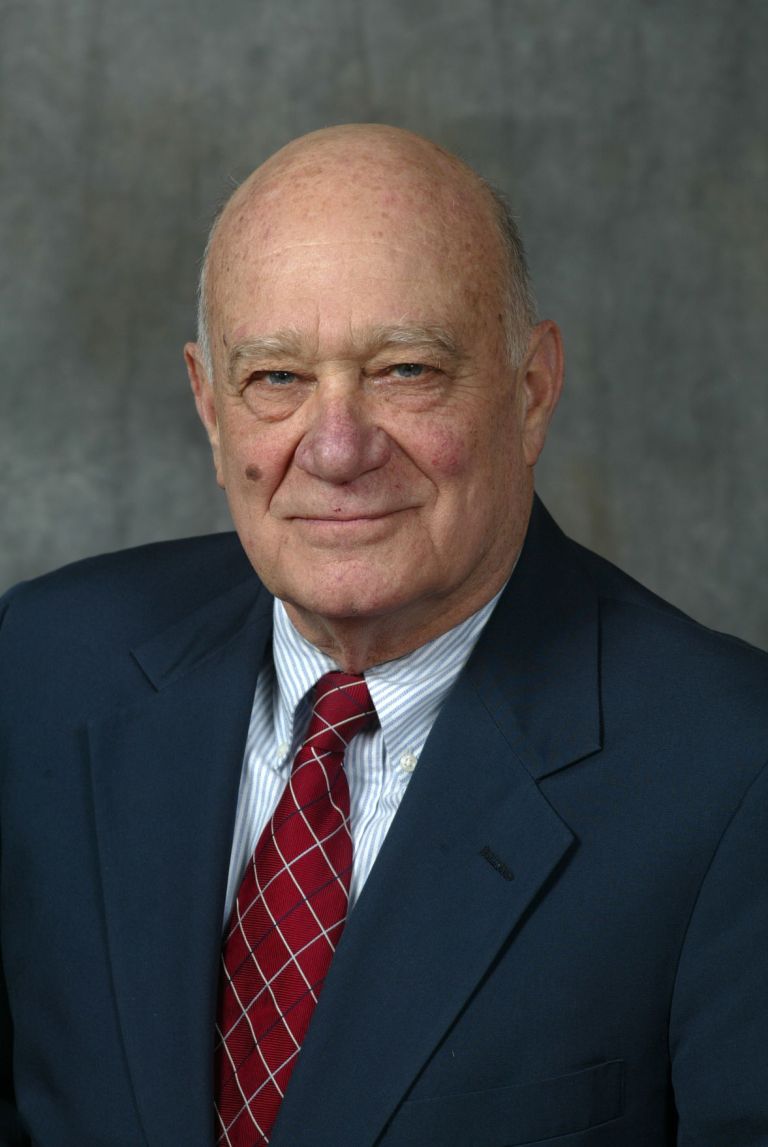
In 1952, Simone DeBeauvoir published “The Second Sex.” It examined the many ways women had been kept subservient to men.
When Helen Fisher wrote “The First Sex” she showed progress women had made in the half century since DeBeauvoir’s book.
More than that, she argued that advances by women, when combined with particular gender attributes, point to a 21st Century with females as special leaders (who can outshine the patriarchal past).
Fisher gave her book the subtitle, “The Natural Talents of Women and How They Are Changing the World.”
Her viewpoints are so powerful that they are already prompting men toward “Venus Envy.”
We are at a transformational point in history.
Hillary Clinton’s election to the Presidency of the United States on Nov. 8 is an important milestone, but it is only one of many major indices of the escalating changes that she and other women will initiate for the common good — at home and abroad.
First, consider a few historical perspectives on how and why we reached the era of expansive women power.
Eleanor Roosevelt, the greatest woman of the 20th century (leading the adoption of the UN’s International Declaration of Human Rights), extracted a promise from candidate Jack Kennedy in 1960 that if elected he would appoint a Presidential Commission on the Status of Women.
Kennedy fulfilled that commitment and named Eleanor Roosevelt to head the project.
The report was issued in 1963 (the year after Eleanor’s death); it dramatically illustrated how little progress had been made for women since the adoption of the 19th Amendment in 1920.
In some cases, there was retrogression rather than any advancement at all.
For example in 1920 when most librarians and elementary teachers were women, females then were also principals and head librarians.
By 1960, females were the staff, but men took over the leadership jobs. Women also constituted a smaller percentage than in 1920 of college faculty and of college graduates. There were more male presidents of women’s colleges than females.
Particularly dramatic were these statistics from the Commission study: in 1920 6 percent of medical doctors were female, and 3.5 percent were lawyers. Those percentages were unchanged in 1960!
If it occurred to you that the American Medical Association and the American Bar Association had established quotas to limit female opportunity, you would be 100 percent correct.
Now if we sample 2016, the percentages of women in law and medical schools are nearly equal to men.
In most American colleges now, approximately 60 percent of undergraduates are females (some Ivy League colleges are charged with practicing “affirmative action” for males in order to maintain a 50/50 class gender distribution).
I happened to be at a Yale Political Union debate a few years ago when that precise issue was raised concerning privileging male admissions.
Just these few examples illustrate Fisher’s point that once women gained equal educational experiences they would be positioned to outdistance men as societal leaders because of attributes distinctive to their sex.
And what are these special gender features? [I will elaborate more extensively in my next column]
“Menopausal Magic” is the most dramatic — a view derived, in part, from female body chemistry. It points to older women as especially prepared for distinctive leadership.
They are free from child-bearing years, but, unlike most men, have had the unique experience of “mothering.”
Fisher also says women get an added boost of testosterone with menopause, complementing their other special qualities with more competitive strength.
As the second oldest person to take the office of President, Hillary Clinton brings these qualities, but also many other of the female attributes identified by Fisher.
Women tend to be better listeners. They also tend to have more empathy, form closer friendships and seek more collaborative relationships.
This may be more by “nurture” than by “nature” (female leaders can help men overcome their limits of a “masculinity mystique”).
A surprising development of the 2016 campaign, as indicated by writer Peggy Orenstein: “Who would have guessed that Donald Trump, of all people, would inspire a bipartisan feminist movement?”
Nate Silver, the astute analyst who presides over 538.com, has said: “If Trump loses the election, it will be because women voted against him.”
At this late stage of the 2012 campaign Obama led Romney by 8 points among women; Clinton now leads Trump by 15.
It is worth noting that in 2016, for the first time in American history, more single than married women are eligible to vote; here Clinton bests Trump by 28 points.
Michelle Obama, who has the highest approval rating of any person in public life (more than 70 percent) is on the campaign trail eloquently boosting Clinton.
Support for our first female President is coming from unusual sources and in powerful ways.
None is more dramatic that the column by Wall Street Journal editorial board member, Dorothy Rabinowitz.
Like most opinion writers at the Journal, she would prefer a Republican conservative President.
But, like her colleague Bret Stephens, she is urging everyone to vote for Hillary Clinton to make sure Trump does not slip by.
Rabinowitz picks up some earlier views from her paper (values touted in Fisher’s book), that while campaign opponents spew hate for Clinton, Republicans who have worked directly with her in the Senate and elsewhere have respect for her skill and her collaborative ability.
Listen to the conclusion of the half page column Rabinowitz wrote on Sept. 30: Clinton is “experienced, forward looking, indomitably determined and eminently sane.”
“Her election alone is what stands between the American nation and the reign of the most unstable, profoundly uninformed, psychologically unfit president ever to enter the White House.”
[More features of Fisher’s “The First Sex” in my next column]






